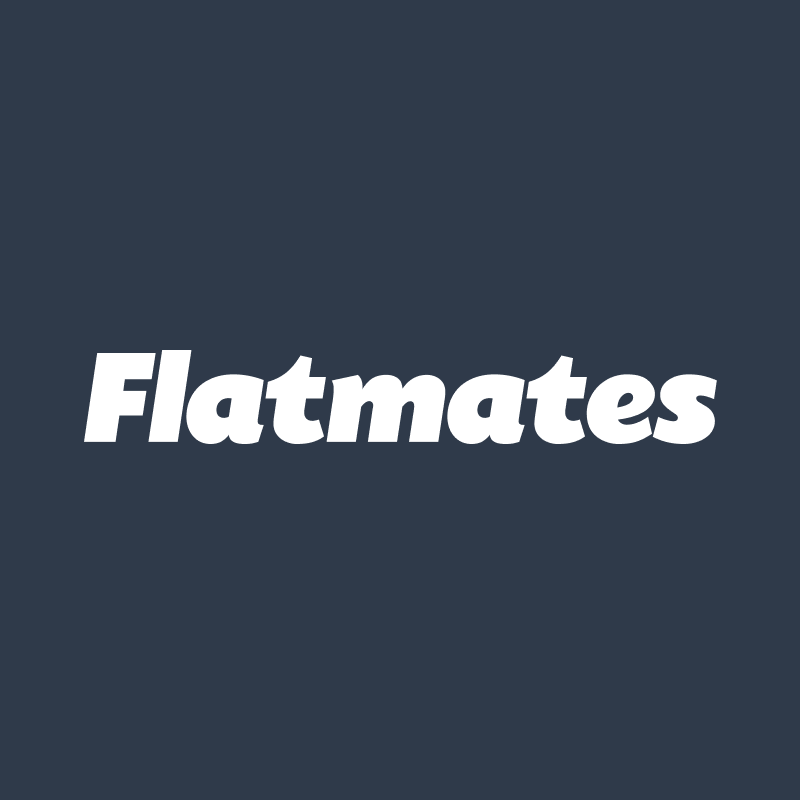Condition Reports
Condition Reports record the general state of repair and condition of the rental premises at the beginning and end of the tenancy. Condition Reports are required by law in all States and Territories. You should use the standard form Condition Report provided for your State or Territory.

If an issue arises about damage or disrepair to the premises, Condition Reports are used as evidence by the Tribunal, Court or Commissioner in your state or territory to determine who is liable. This is important for determining how the Bond or Security Deposit should be paid out, or whether further compensation should be paid to the landlord.
Each state and territory has a standard form Condition Report, which can be found on the pages linked below. In most cases, it is mandatory to use the standard form Condition Report. It is advisable to use the standard form report in all cases as they contain comprehensive lists of features in share accommodation.
Condition Reports are one of the main forms of evidence used by a Tribunal or Court when there is a dispute between landlords and tenants over the condition of the premises. They help by providing a clear record of the state of the premises at the beginning and the end of the tenancy.
How do Condition Reports work in Co-tenancy share accommodation situations?
Condition Reports are particularly important in co-tenancy share accommodation situations as they help in attributing liability to individual co-tenants for any damage caused to the premises. Every time a co-tenant is removed from or added to a tenancy agreement, a new condition report should be completed by the landlord, the continuing co-tenant(s), and the incoming or outgoing co-tenant(s).
By completing a new report each time there is a change in co-tenants, liability can be more accurately attributed to the responsible co-tenant, especially if the damage is only recognised a long time after a former co-tenant has left the premises.
Can I make changes to the standard form Condition Reports?
In addition to the standard form Condition Report, tenants and landlords can attach additional information to provide a more comprehensive account of the general condition of the premises.
Some examples of additional information that you could include are:
- Photographs of the premises,
- Video recordings of the premises, or
- Extra written details about the premises.
If additional information is attached by the tenant or landlord, the other party should indicate whether they agree that it is an accurate record of the condition of the premises.
Condition Reports in your State or Territory
NSW Condition Reports
Victoria Condition Reports
Queensland Condition Reports
South Australia Condition Reports
Western Australia Condition Reports
Tasmania Condition Reports
ACT Condition Reports
Northern Territory Condition Reports
These legal guides provide a brief summary and introduction of the laws and regulations affecting share accommodation. They do not cover all cases in all legal jurisdictions and might not apply in your specific share accommodation situation. It is important that you use this information as a guide only and seek independent Legal Advice or consult the Relevant Acts. We do not accept any liability that may arise from the use of this information.